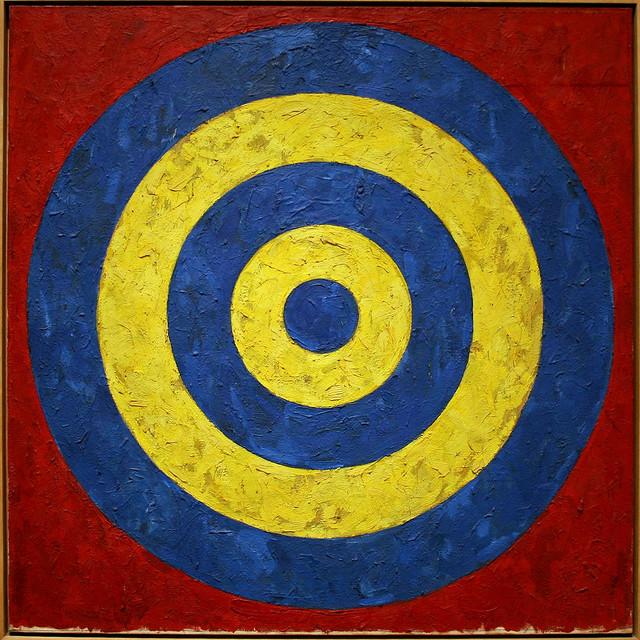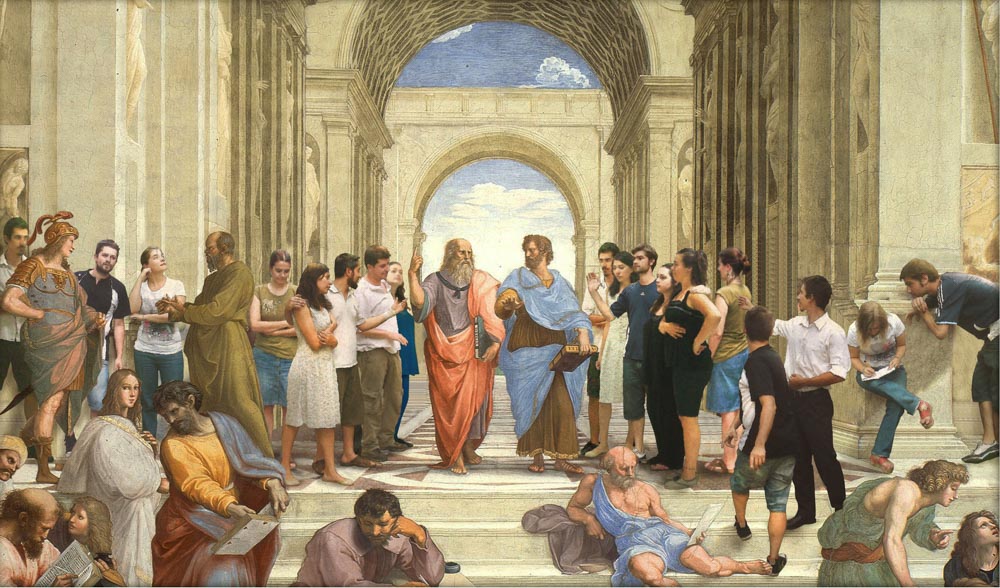Morality, Philosophy and Spirituality
Article By Pinar Akhan
 This article is based on a class given by the Honorary President of International Organisation New Acropolis, Delia Steinberg Guzmán, in November 2015. In it she explained that there are three levels through which human consciousness develops, by which we can come to understand ourselves and others better. These three concepts are not unfamiliar to most of us, but there is a need to clarify their meanings and how they relate to one another.
This article is based on a class given by the Honorary President of International Organisation New Acropolis, Delia Steinberg Guzmán, in November 2015. In it she explained that there are three levels through which human consciousness develops, by which we can come to understand ourselves and others better. These three concepts are not unfamiliar to most of us, but there is a need to clarify their meanings and how they relate to one another.
Morality is about discerning between what is good and what is not good and about choosing between them. Its aim is to bring us closer into harmony with the laws of nature. However, throughout time moral values change, so how can we define anything as “good” and “not good” or “evil”? They are both subjective and can change depending on time, geography, etc. On the other hand, as we can see if we do a comparative study of philosophies, there are timeless values, such as “treat others as you would like to be treated yourself,” that have always existed, even if they have been violated a million times. These timeless values are part of our higher nature. So the purpose of morality is to come closer to our higher nature through the practice of timeless values.
How can we practise the timeless values? By developing our virtues. Etymologically the roots of the word “virtue” come from “vir”, which means vigorous, strong: it refers to strength of character, inner power.
The second level is philosophy, which allows us to distinguish between truth and illusion. Its aim is to lead us to truth, to wisdom.
First of all, we have to recognize that in any form of life there is truth. In order to investigate the meaning of things, we need reflection, a state of tranquillity, a certain serenity that enables us to see into the interior of things. If we have a calm mind, if we manage to connect with the essence of an object or a situation, then it is possible that we may find the truth. One of the obstacles that we are facing today is that we want everything quickly, so we want to find the truth quickly. But this impatience doesn’t help us to find the truth.
Truth comes from looking within, at the inner nature of things. In order to have access to this inner nature, we have to develop our intuition. Intuition grasps the truth quickly and serenely, in a way that doesn’t require any further explanation.
The third level is spirituality, which is to search for the lasting, for reality, for the infinite. In principle, spirituality is a higher state of consciousness, but it is not something static. Consciousness is like a lift which constantly moves up and down through different levels. The world we currently live in doesn’t support achieving this higher state of consciousness, which is required in order to be stable at a higher level. Although we all have the potential of this higher level of consciousness, it is up to us to make the effort for our consciousness to rise.
Spirituality isn’t about believing, it is to know. This is why it is not an emotional faith; in order to reach the state of spirituality we first have to go through the steps of morality and philosophy. Spirituality is to see the things as they are and not how we would like them to be. A spiritual person sees things as they are, accepts them and works with them.
If someone were to ask how to live spirituality, in its meaning as described above, or what values to develop if one wants to make progress on the spiritual path, then I would suggest following these three steps without trying to jump any of them. Working on morality, philosophy and spirituality is a work of renewal, of a rebirth within ourselves, which will enable our potentials to manifest.
Image Credits: By Dennis Jarvis | Flickr | CC BY-SA 2.0
If any images used in this article are in violation of a copyright, please get in touch with [email protected] as soon as possible. Appropriate action will be taken.Permissions required for the publishing of this article have been obtained




The article is pretty simple and lucid.
The same thing was explained by Gautam Buddha as Sila, Samadhi and Panna.